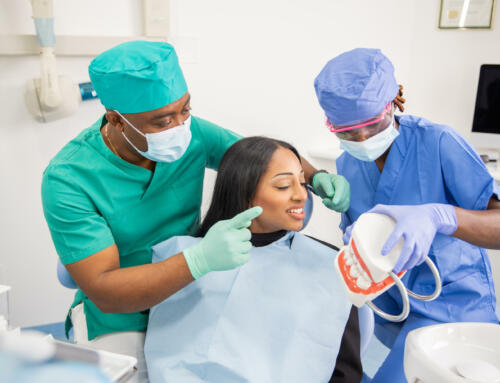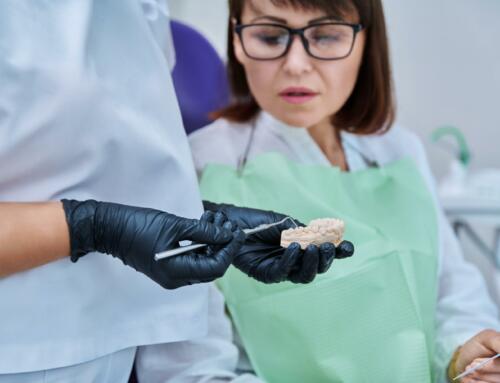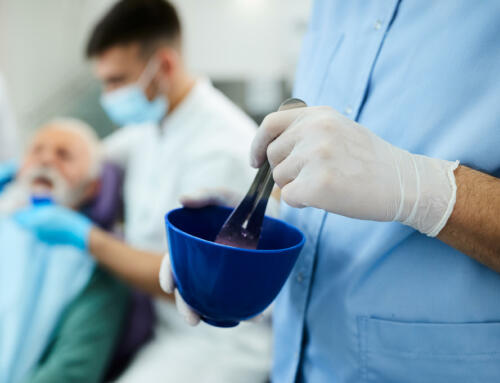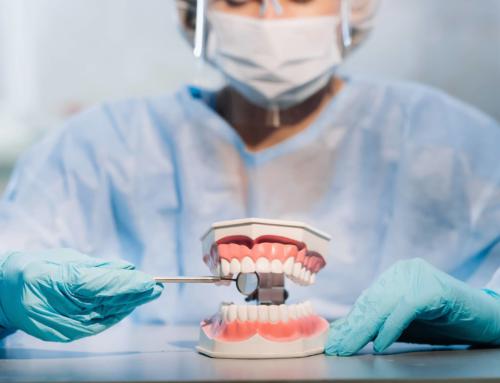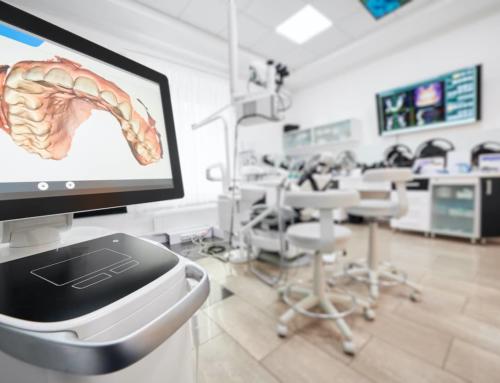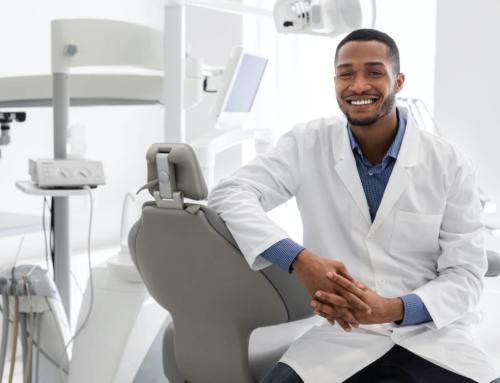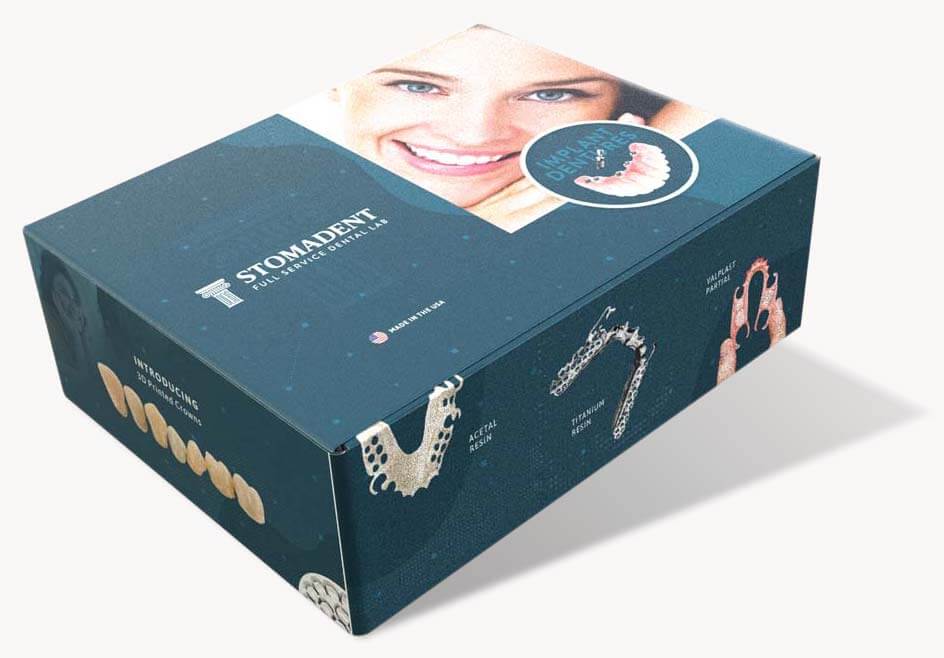
By David Hudnall, DMD
Historically, every advancement that has taken place in dentistry has been driven forward by technological innovations that fundamentally improve the standard of patient care. The newest paradigm shift is AI-driven dentistry.
So, what is Dental AI, and what can it do to help improve the way that you and I practice dentistry?
What Is Dental AI?
Artificial intelligence (AI) refers to the simulation of human intelligence processes by computer systems to enable problem-solving by capitalizing on and gleaning understanding from vast amounts of collected data.
While AI can be applied to any field, Dental AI refers to the use of machine learning for the betterment of dentistry and dental practices. It’s designed to help dental professionals solve a fundamental problem: diagnostic inconsistency.
Humans are inherently inconsistent, and the evaluation of patient data in dental practice is often subjective. Dental AI can mimic the intelligence of clinicians in order to identify pathology that is difficult to detect with the human eye, allowing for more consistent and conservative treatment that leads to better patient outcomes.
Machine Learning and Patient Data
AI encompasses the sub-fields of machine learning and deep learning. The latter is designed to improve accuracy in applications such as virtual assistants or self-driving cars and will eventually be used in both dental medicine and dentistry. Machine learning is a form of AI based on algorithms that are trained using large data sets, which can detect patterns and learn to make predictions and recommendations by processing data using certain parameters or experiences rather than by receiving explicit programming instructions. The parameters are then applied to data test sets to determine their relationship to a specified clinical condition.
The majority of clinical dentistry applications employ a supervised learning style, where machine learning uses a large set of patient data consisting of various known characteristics or features. Some examples include photos or radiographs of the patient, sex, age, how many cavities they have, and the clinical outcome of any treatment that was performed.
Having the entire history of the disease and treatment process allows the AI system’s artificial neural networks (ANNs) to generate relationships between the initial condition and the probability of a successful outcome using a specified treatment. One real-world example of AI use in dentistry is to predict the likelihood of obtaining a successful outcome with retreatment of an endodontically-treated tooth given the current conditions that present clinically.
Current Applications of AI Technology
Whether you realize it or not, Dental AI is being used to help both the dental professional and the patient. Here are some of the ways artificial intelligence is already poised to transform dental care:
Diagnosis and Treatment Planning – assisting the dentist to make more accurate diagnoses and tailored treatment plans
Image Interpretation and Analysis – as a back-up system for identifying pathology sooner, allowing dentists to make more informed treatment decisions for oral health
Disease Prevention – analysis of records to determine the likelihood of disease development
Before and After Patient Simulations – to improve understanding of potential treatment outcomes to elevate patient care
Improved Patient Communication – the use of chatbots or voice assistants used in conjunction with a practice management system for the improvement of patient education, treatment options, and appointment scheduling on demand
Pearl’s Recent Patent Grant
Pearl is a company whose mission is “to lead the global Dental AI revolution with groundbreaking computer vision solutions that elevate efficiency, accuracy, and the standard of care in dentistry.”
The December 21, 2023 edition of Dentistry Today highlighted that the “United States Patent and Trademark Office has granted U.S. Patent No. 11,776,677, titled, ‘Computer Vision-Based Analysis Of Provider Data’ to Pearl. This patent secures exclusive rights to the computer vision system at the core of its innovative clinical performance software, Practice Intelligence.”
At its most basic level, this dental AI platform uses machine learning to scan patient records for the purpose of identifying undiagnosed treatment contained within radiographs, CBCT scans, and patient treatment data. The software system then “synthesizes its findings into actionable insights regarding patient health and clinical performance, ultimately contributing to enhanced oral healthcare outcomes for patients, robust financial results for practices, and a more efficient dental care workflow.” Ultimately, it is up to the dentist how to interpret and utilize the information. If the goal is to improve patient trust and health, Dental AI can have a very positive and profound effect on the well-being of patients.
While collecting this information does have powerful capabilities, its results must be used judiciously. If the goal is to perform more dental procedures solely to generate greater income, you must ask yourself, “How is this technology actually helping your patients?” This is the dilemma with AI: It can be used for the greater good or to the detriment of any subset of society.
While the intended purpose is to improve the dental health of the patient and assist with administrative tasks, the potential is for DSOs, insurance companies, and other entities to use this technology for the purpose of maximizing profits, often at the expense of what is best for the patient. Ask yourself whether AI powered tools assist dentists in giving patients a better experience and outcome. That should be the primary goal always.
Other New Uses of Dental AI
Machine learning and computer vision systems have incredible potential for the future of dental care, from improving early detection of oral cancer and other pathologies to boosting treatment efficiency. Since diagnosis is not always consistent between practitioners or even from the same practitioner on different days, one of the major benefits of Dental AI is its ability to standardize dental diagnosis and treatment so that conflicting information presented to the patient is minimized.
Additionally, the use of dental robotics is predicted to increase, with more sophisticated robots capable of performing complex procedures with greater accuracy and efficiency. Dental AI will help drive this trend.
Overall Potential Impact on Oral Healthcare
As clinicians, we cannot diagnose an issue that we can’t detect. Technology allows disease processes to be detected sooner with improved accuracy. In the long term, Dental AI will improve the early detection of pathology and dental disease, which allows for more minimally-invasive treatment to be performed. This translates into the patient receiving more specific treatment that is less uncomfortable, less aggressive, and less expensive, which, in turn, yields a better overall experience.
While Dental-AI can supplement patient information and provide an extra set of eyes to help diagnose and detect potential healthcare issues, especially in unclear situations, higher-level comprehension from dentists based on clinical experience is necessary to integrate and synthesize physical examinations, medical histories, treatment results, and diagnostic information with the hopes, anxieties, and expectations expressed by the patient.
Dental AI is an aid to improve patient health, not a replacement for patient interaction. AI cannot express empathy and does not eliminate the human element of delivering high-quality dental care.
Take Advantage of Dental Advances with Stomadent
Stomadent Dental Lab already takes advantage of AI-enhanced software to design and manufacture fixed and removable restorations and dental appliances with a high degree of accuracy, yielding better clinical outcomes compared to prostheses produced by traditional methods.
With more than twenty years of experience incorporating a digital laboratory workflow into our products, Stomadent stays at the forefront of rapidly changing technology to ensure that we deliver the best-fitting restorations that your patients will love.
Trust Stomadent to be your remote partner!

